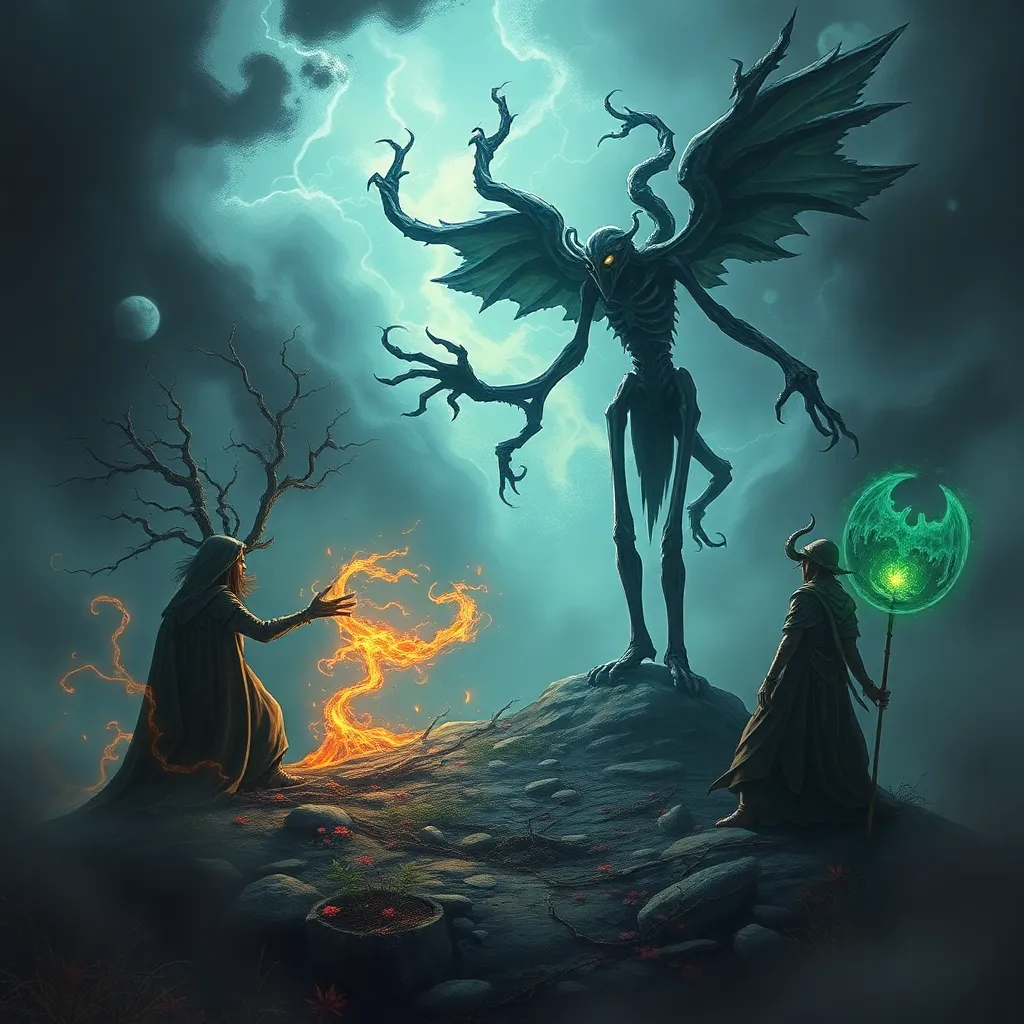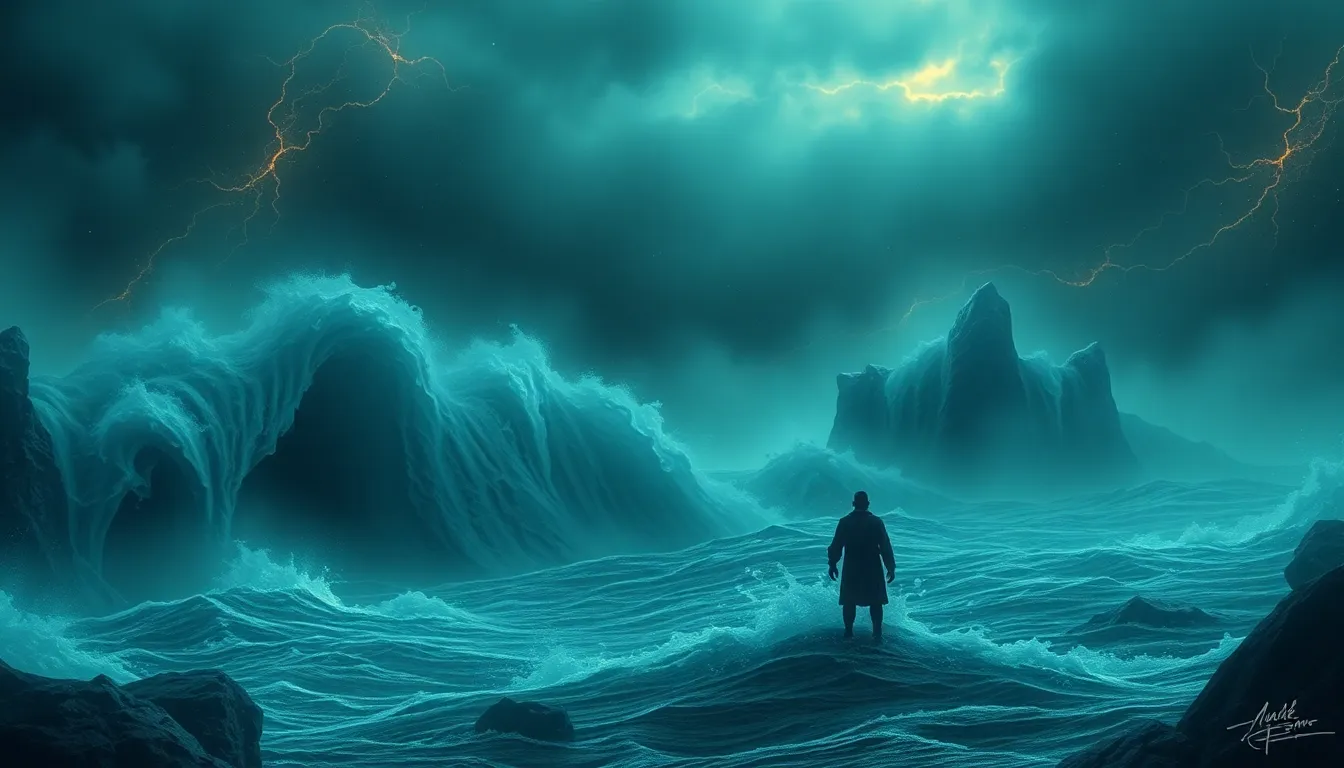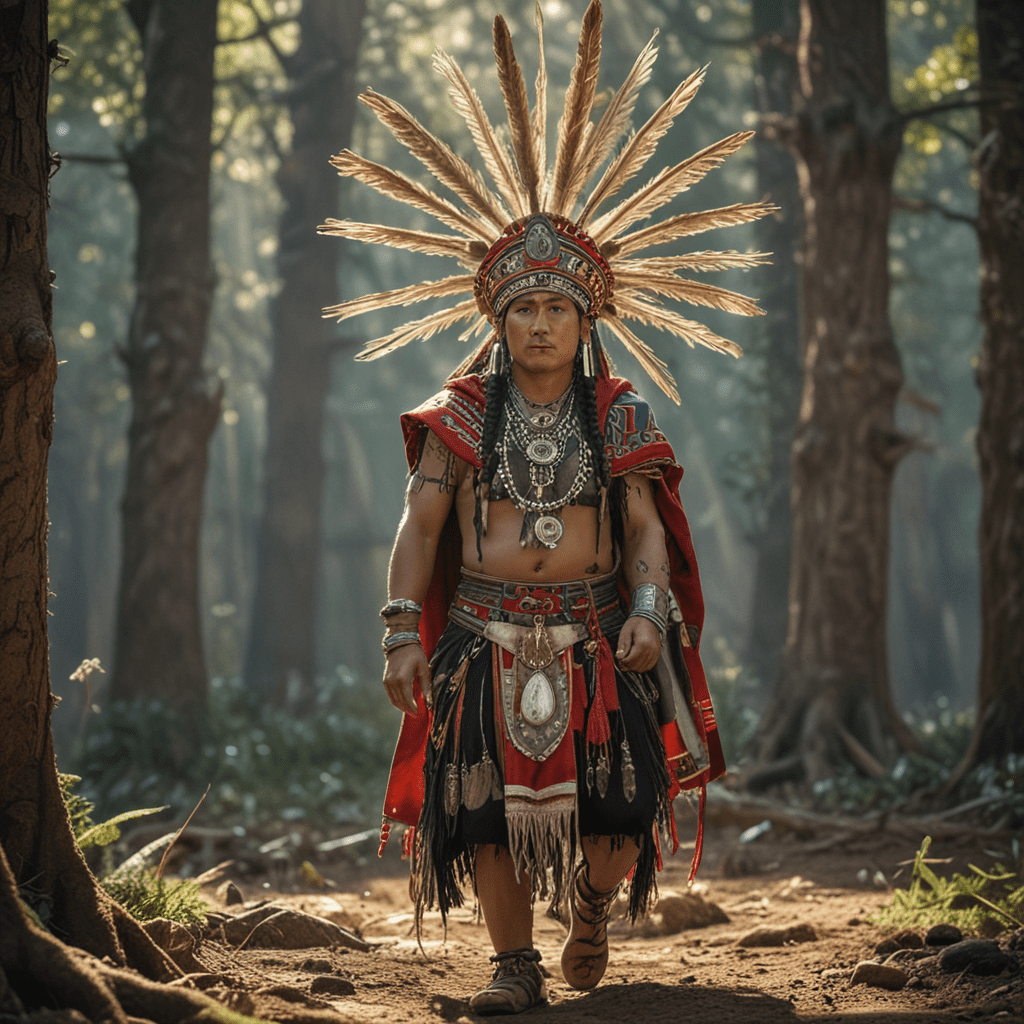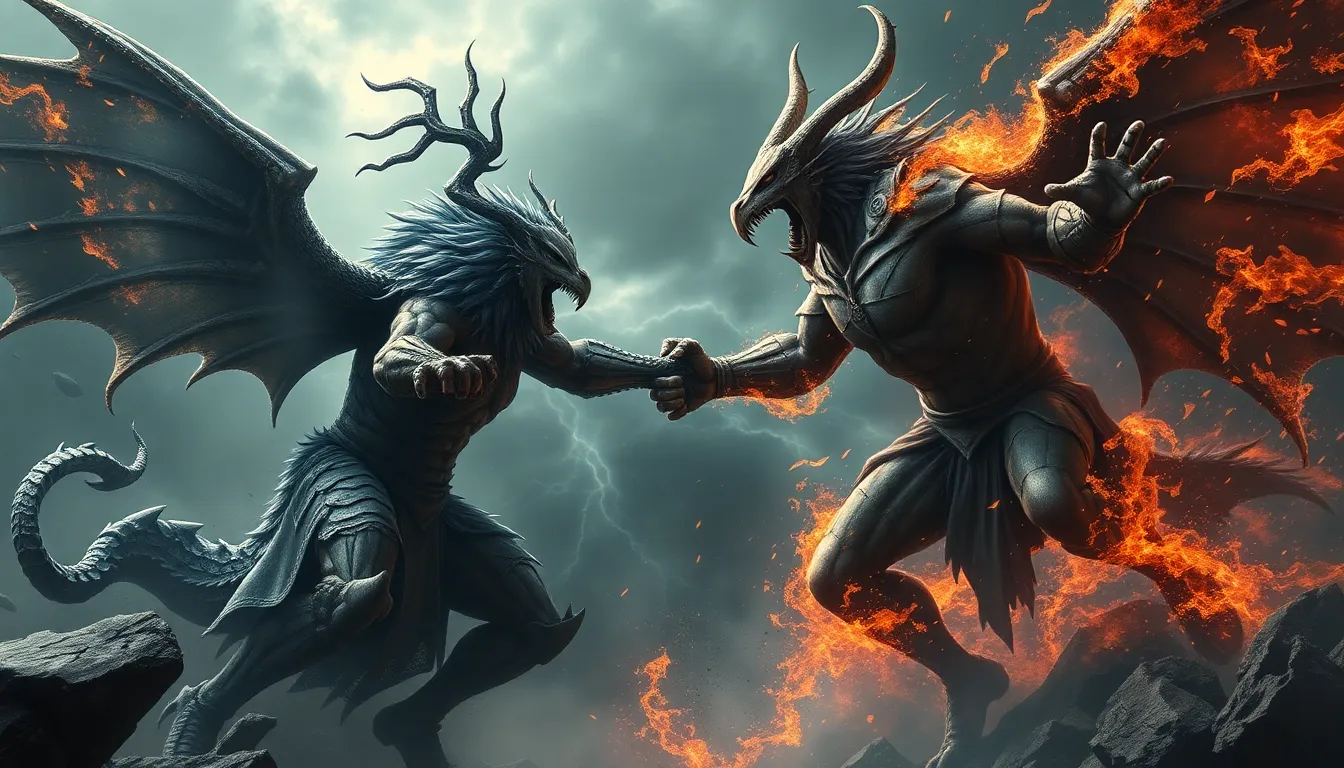The Strigoi and the Elements: The Influence of Nature on the Undead
I. Introduction
The Strigoi, a haunting figure in Romanian folklore, captivates the imagination with its blend of myth and horror. These undead creatures, often depicted as vampires, are steeped in rich narratives that explore the boundaries between life and death. Central to the lore of the Strigoi is the profound influence of nature and its elements, which shape their existence and behavior. This article aims to delve into the intricate relationship between the Strigoi and the elements—earth, water, fire, and air—highlighting how these natural forces contribute to their mythology and cultural significance.
II. Understanding Strigoi: Origins and Characteristics
The term “Strigoi” derives from the Latin word “strix,” meaning owl, and has evolved in Romanian culture to represent a specific type of undead being. Historically, Strigoi are believed to be the souls of the dead who rise from their graves to haunt the living. This lore is prevalent in various regions of Romania and has inspired numerous tales of horror.
Strigoi can be classified into two primary categories: living Strigoi and undead Strigoi. Living Strigoi, or “Strigoi vii,” are individuals who possess the ability to transform into animals and are often seen as witches or sorcerers. Undead Strigoi, or “Strigoi mort,” are the reanimated corpses that feed on the blood of the living.
Common traits associated with Strigoi include:
- Immortality
- Shape-shifting abilities
- Heightened senses, particularly sight and smell
- The ability to control or influence natural elements
III. The Element of Earth: Grounding the Undead
In Strigoi lore, earth symbolizes stability, the final resting place, and the barrier between life and death. Burial sites and sacred grounds play a crucial role in the stories of the Strigoi. It is believed that a Strigoi can only rise from the grave if certain conditions are met, often related to the state of the earth around them.
Earth’s role in the resurrection and binding of Strigoi is significant. For instance, if a body is buried upside down or if a grave is desecrated, it may lead to the rise of a Strigoi. This connection to burial practices highlights the importance of respecting the dead and the natural world.
IV. The Element of Water: Fluidity and Transformation
Water holds a unique place in Strigoi mythology, symbolizing purity, transformation, and the passage between worlds. Rivers, lakes, and other bodies of water are often depicted as thresholds that can either purify or transform the undead.
In many tales, Strigoi are said to be drawn to water, which serves as a conduit for their power. Water rituals, such as the use of holy water, are commonly employed to purify spaces or individuals believed to be haunted by these entities. Additionally, water can symbolize the fluidity of life and death, reinforcing the idea that Strigoi exist in a liminal space.
V. The Element of Fire: Destruction and Purification
Fire embodies a dual role in Strigoi lore, representing both destruction and renewal. It is often associated with the purification of the undead, as flames are believed to cleanse the soul and prevent a Strigoi from returning.
Rituals involving fire, such as burning the body of a suspected Strigoi, are prevalent in many cultures. These practices aim to ensure that the dead do not rise again, reflecting the fear and reverence surrounding the undead. Fire also signifies the transformative power of destruction, as it can obliterate the physical form while simultaneously offering the possibility of rebirth.
VI. The Element of Air: Spirits and the Ethereal Realm
Air serves as a conduit for communication between the living and the dead, playing a significant role in Strigoi narratives. The wind and storms are often seen as manifestations of the Strigoi’s presence or as omens of their return.
In many folklore stories, the movement of air can influence the behavior of Strigoi. For instance, a sudden gust of wind might signify their approach, while calmness may represent a temporary reprieve from their hauntings. The ethereal quality of air reinforces the idea of Strigoi as beings that exist on the edge of reality and the spirit world.
VII. The Interconnectedness of Elements and Strigoi Behavior
The interplay of elemental forces significantly shapes the interactions between Strigoi and humans. For example, storms might intensify the Strigoi’s power, while periods of calm can offer safety to those who fear them.
This cyclical relationship highlights how nature and the undead are intertwined, influencing one another in a continuous dance. Case studies from folklore, such as tales of Strigoi emerging during full moons or after heavy rains, exemplify this elemental influence.
VIII. Conclusion
In conclusion, the significance of nature’s elements in Strigoi mythology cannot be overstated. Earth, water, fire, and air each play a vital role in shaping the narratives surrounding these undead beings, highlighting the deep connection between folklore and the natural world.
Understanding this relationship provides insights into human beliefs about death, transformation, and the unknown. The enduring legacy of the Strigoi in modern culture and literature continues to reflect our fascination with the interplay of nature, spirituality, and the mysteries of life and death.




